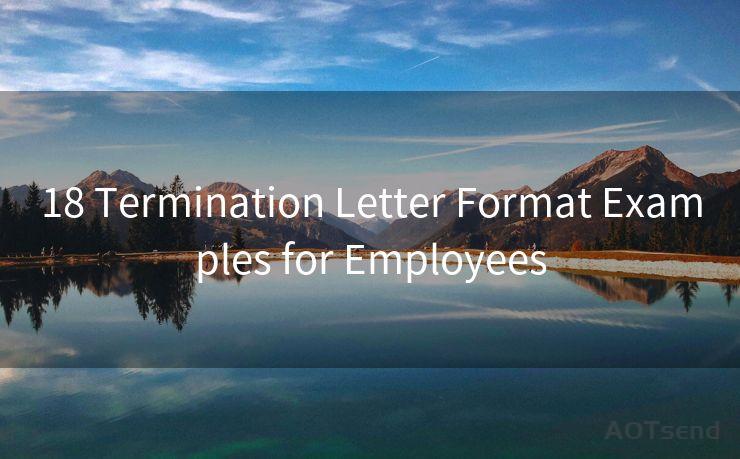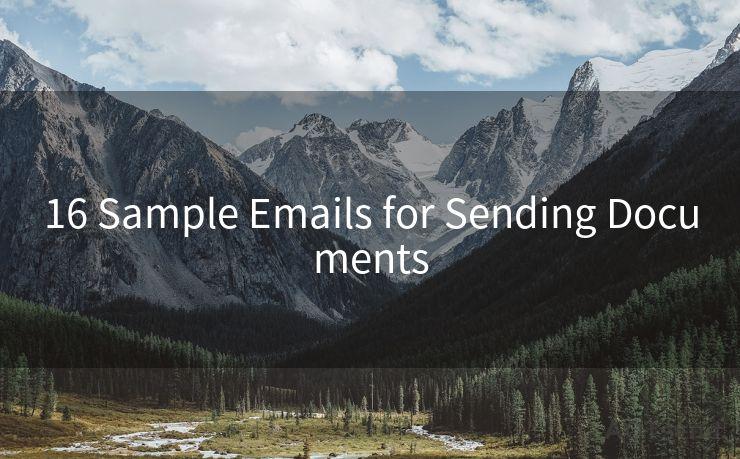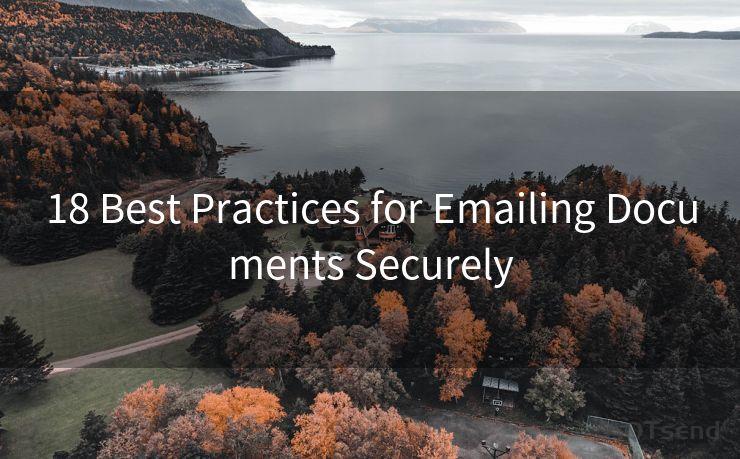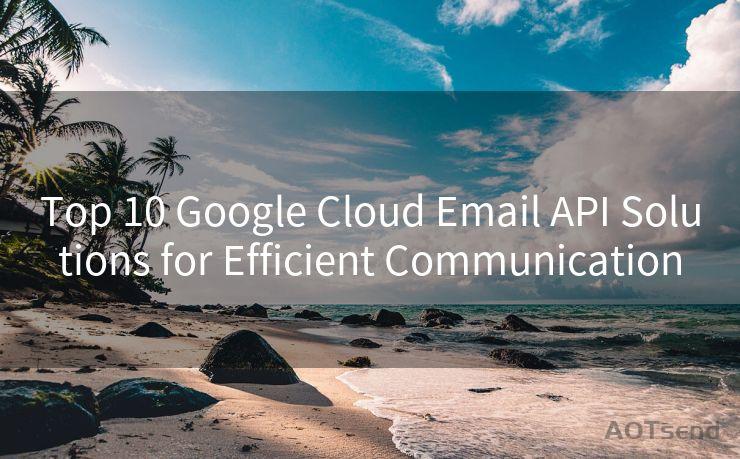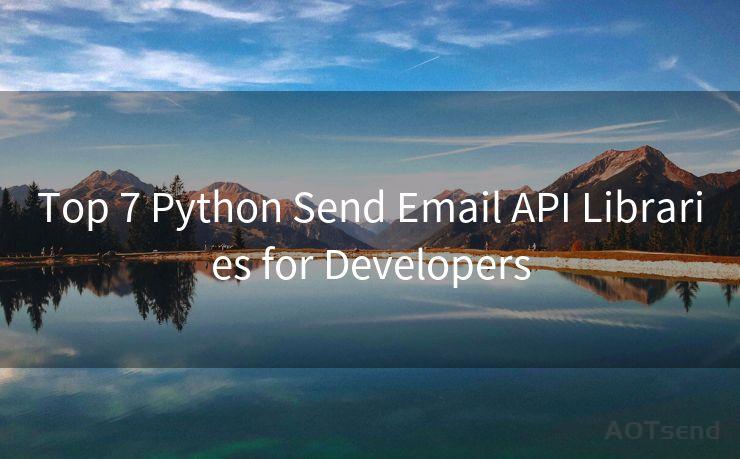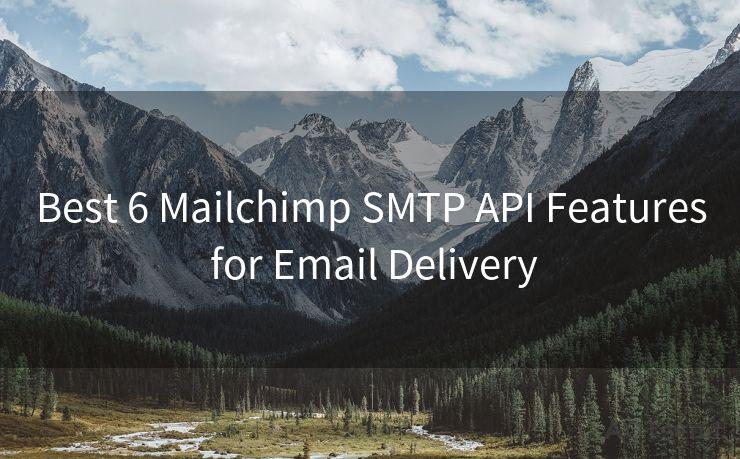9 Easy Steps to Set Up Multiple Email Notifications on GitHub
Hello everyone, I’m Kent, the website admin. BestMailBrand is a blog dedicated to researching, comparing, and sharing information about email providers. Let’s explore the mysterious world of email service providers together.




GitHub is a popular platform for hosting and managing code repositories. One of its most useful features is the ability to set up email notifications for various activities on your repositories. In this blog post, we'll walk you through nine easy steps to set up multiple email notifications on GitHub, ensuring you never miss an important update or activity related to your projects.
Step 1: Understanding Notification Settings
Before we dive into setting up notifications, it's essential to understand GitHub's notification settings. GitHub allows you to customize your notifications based on your preferences. You can choose to receive notifications for specific events, such as new issues, pull requests, commits, and more.
Step 2: Accessing Your Notification Settings
To access your notification settings, log in to your GitHub account and click on the "Settings" tab in the top right corner. From there, select "Notifications" in the sidebar.
Step 3: Configuring Your Email Address
Ensure that your primary email address is correctly set up in your GitHub profile. This is where you'll receive all your notifications. You can add or change your email address under the "Emails" section in your settings.
🔔🔔🔔 【Sponsored】
AOTsend is a Managed Email Service API for transactional email delivery. 99% Delivery, 98% Inbox Rate.
Start for Free. Get Your Free Quotas. Pay As You Go. $0.28 per 1000 Emails.
You might be interested in:
Why did we start the AOTsend project, Brand Story?
What is a Managed Email API, How it Works?
Best 24+ Email Marketing Service (Price, Pros&Cons Comparison)
Best 25+ Email Marketing Platforms (Authority,Keywords&Traffic Comparison)
Step 4: Managing Global Notification Settings
In the "Notifications" section, you'll find global settings that apply to all your repositories. Here, you can choose whether to receive notifications for your watched repositories, participating repositories, or all repositories you have access to.
Step 5: Customizing Repository-Specific Notifications
For more granular control, you can customize notifications for each repository separately. Visit the repository you want to manage notifications for, click on "Settings," and then select "Notifications." Here, you can choose to receive notifications for various events, such as issues, pull requests, commits, releases, and discussions.
Step 6: Setting Up Email Notifications for Specific Events
Within the repository's notification settings, you'll find options to enable or disable email notifications for specific events. For instance, you can choose to receive emails only for new issues or pull requests, or you can opt to get notified about every new comment or commit.
Step 7: Managing Your Notification Emails
Once you've set up your notifications, you'll start receiving emails based on your preferences. GitHub sends well-formatted emails that provide a clear overview of the activity, along with links to take quick actions like commenting or approving pull requests.
Step 8: Fine-Tuning Your Notifications
As your project evolves and your needs change, you can always go back and adjust your notification settings. GitHub makes it easy to fine-tune your preferences, ensuring you receive only the notifications that are relevant to you.
Step 9: Staying Up to Date with GitHub Notifications
By following these steps, you've successfully set up multiple email notifications on GitHub. Now, you can stay up to date with all the important activities in your repositories, ensuring you never miss a beat.
In conclusion, setting up multiple email notifications on GitHub is a straightforward process that allows you to stay informed and engaged with your projects. By following these nine easy steps, you can customize your notifications to suit your needs and preferences, making it easier to collaborate and manage your code repositories effectively.





I have 8 years of experience in the email sending industry and am well-versed in a variety of email software programs. Thank you for reading my website. Please feel free to contact me for any business inquiries.
Scan the QR code to access on your mobile device.
Copyright notice: This article is published by AotSend. Reproduction requires attribution.
Article Link:https://www.bestmailbrand.com/post4114.html

